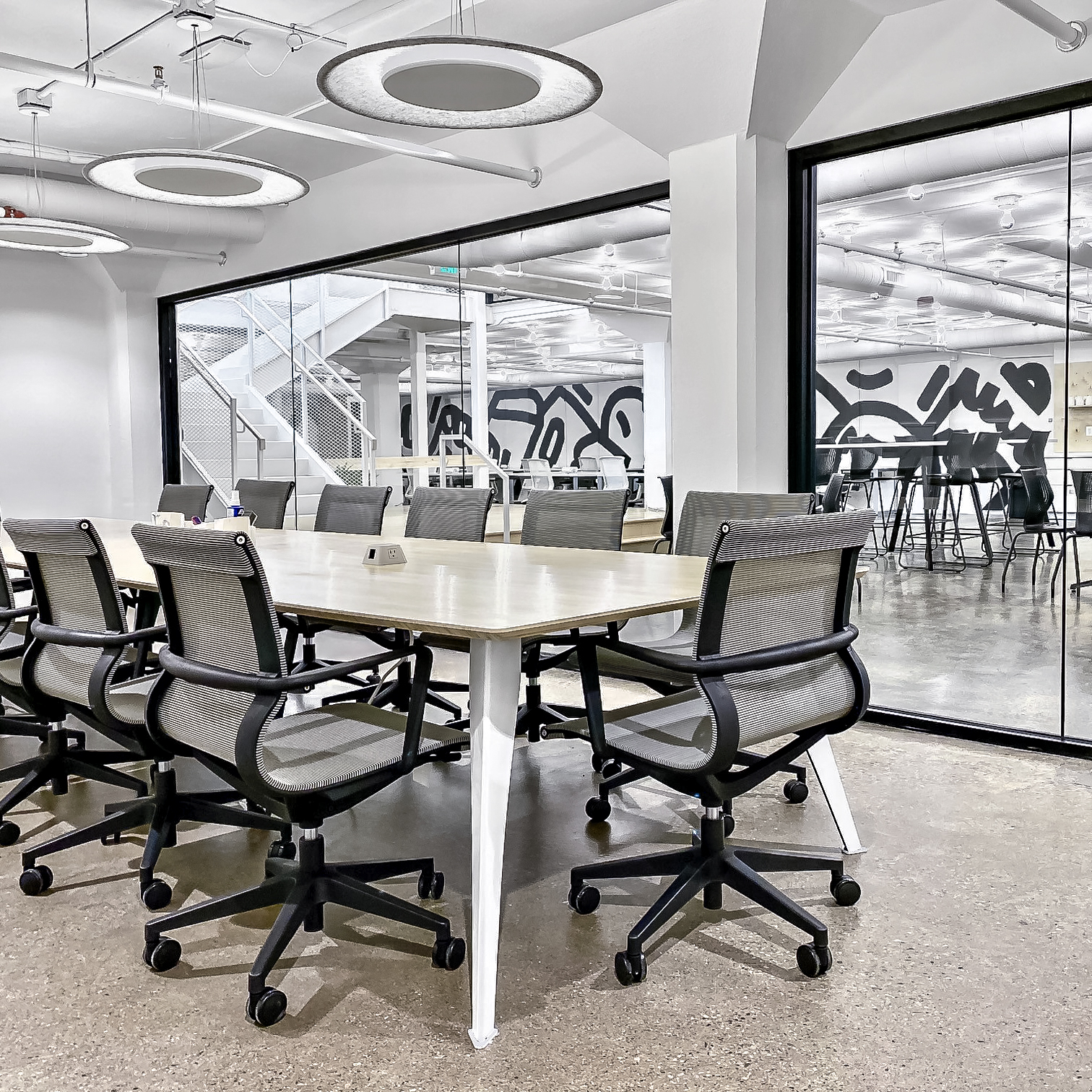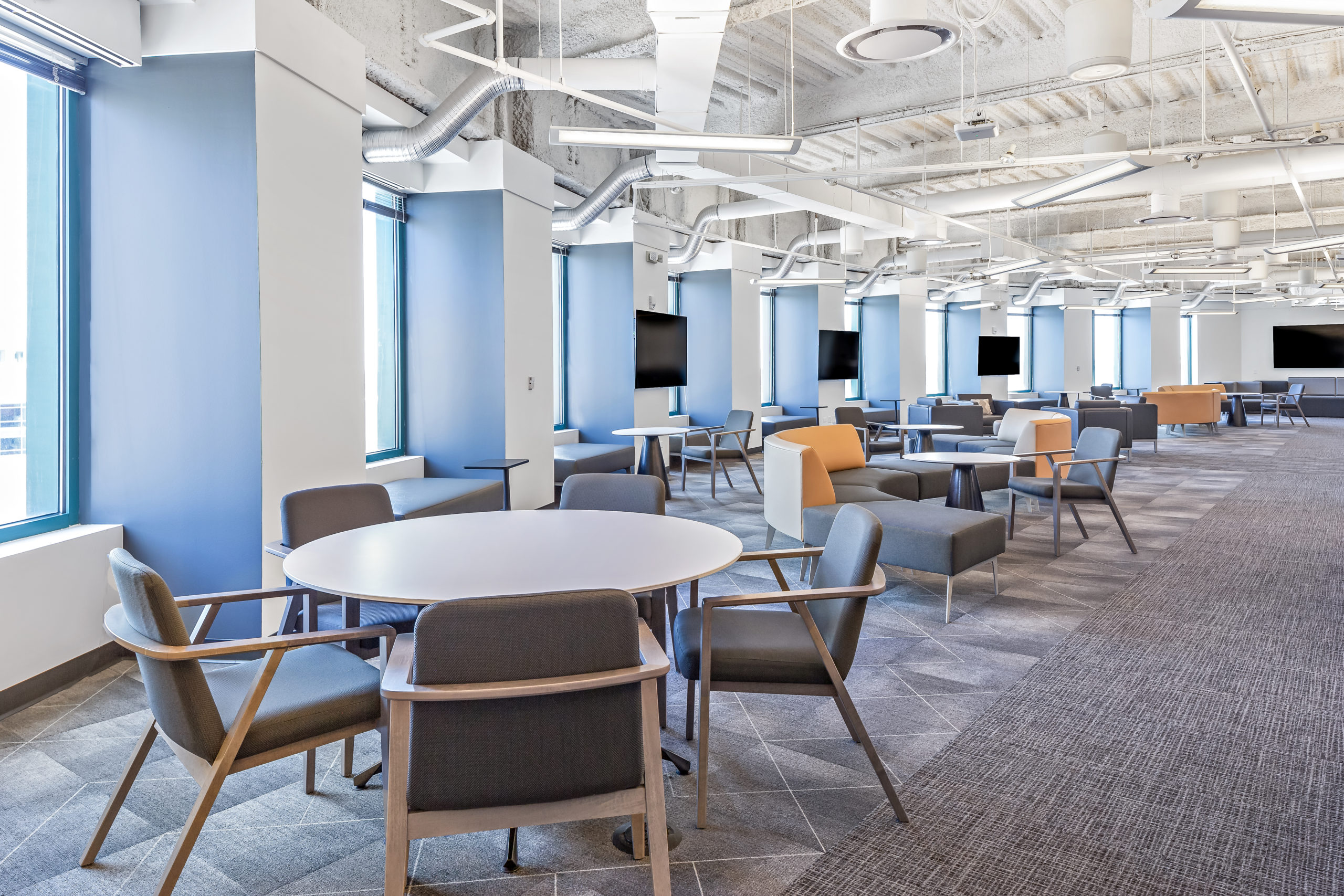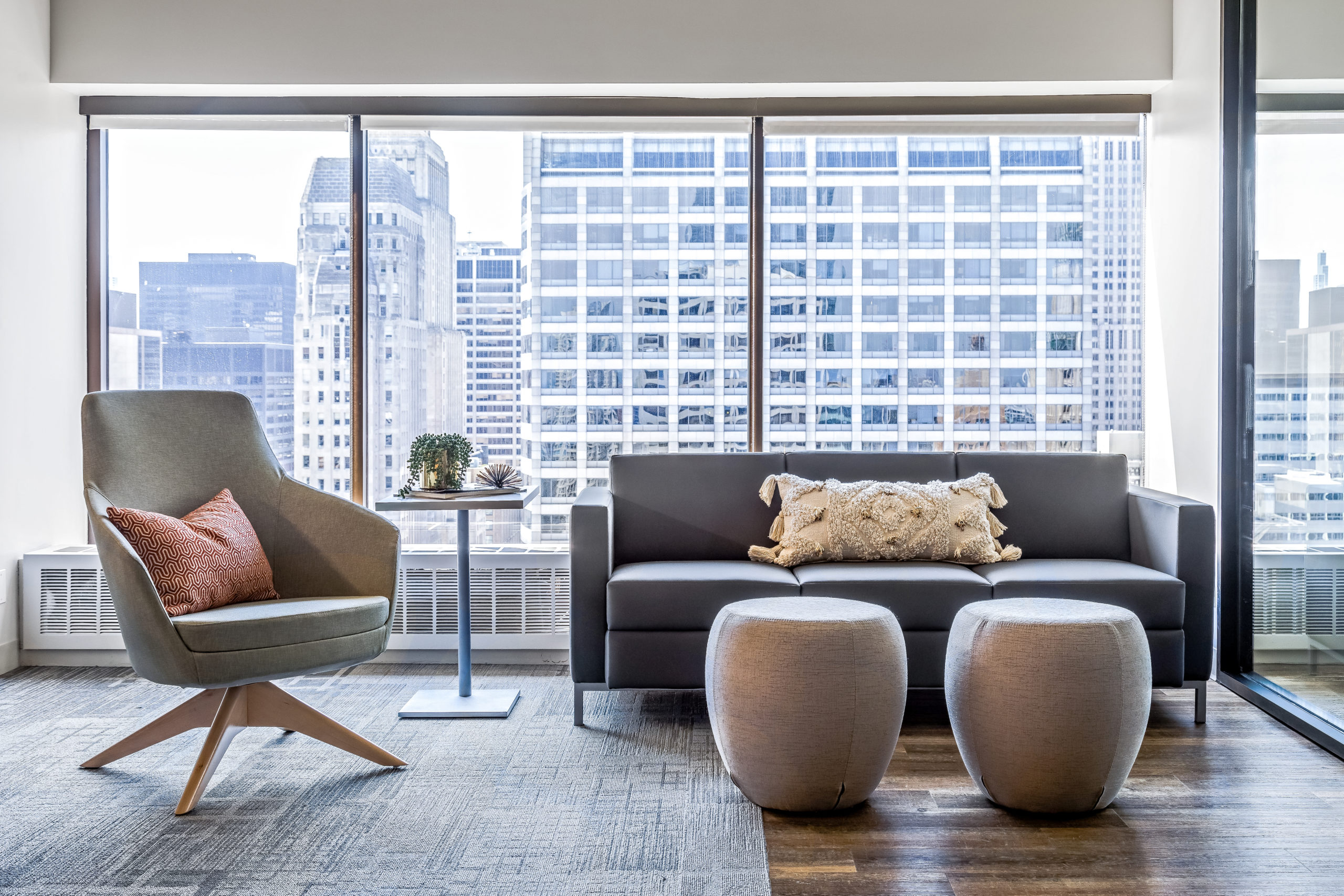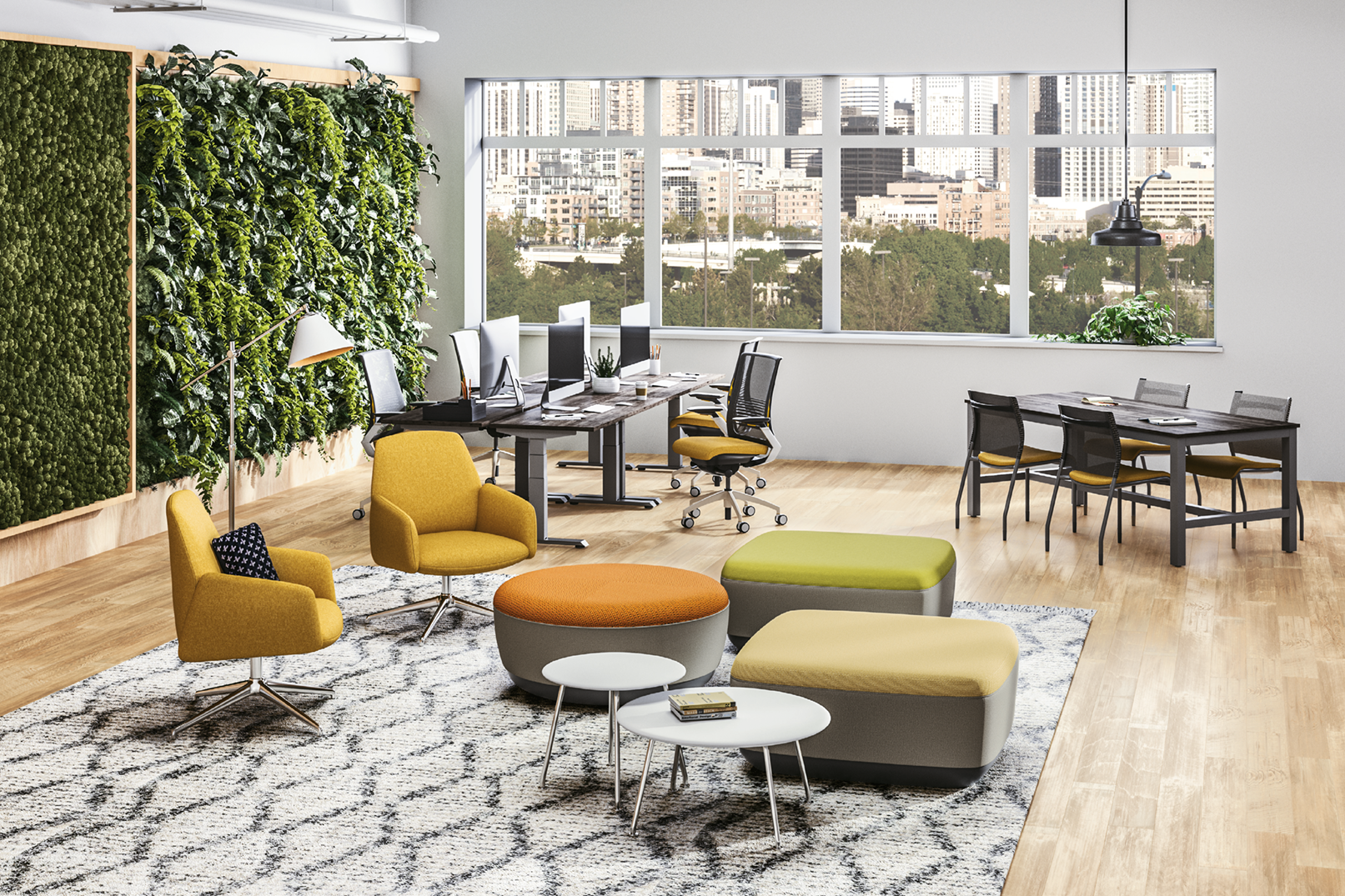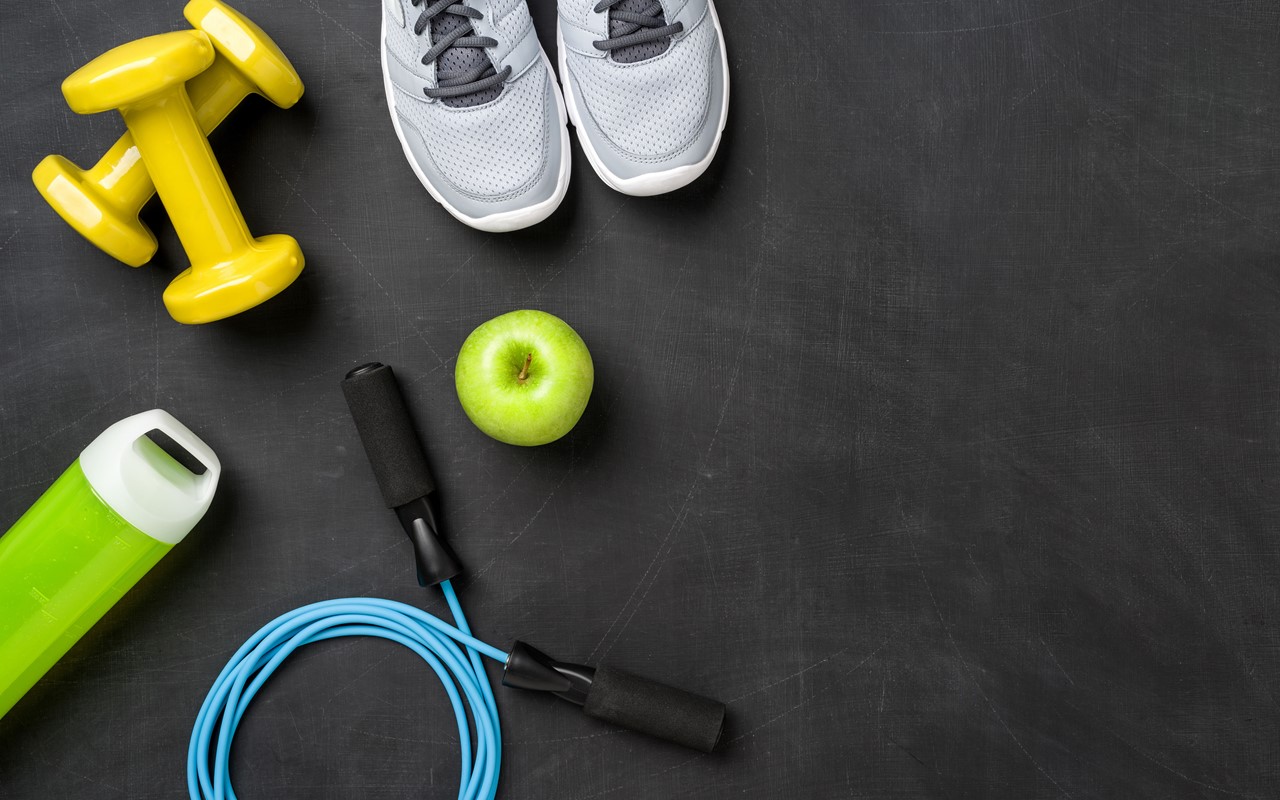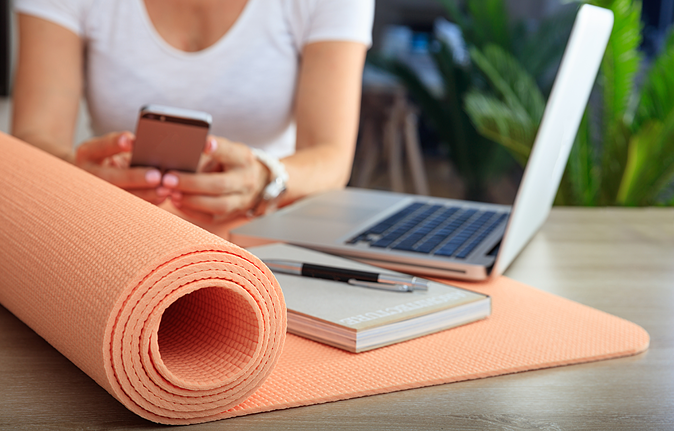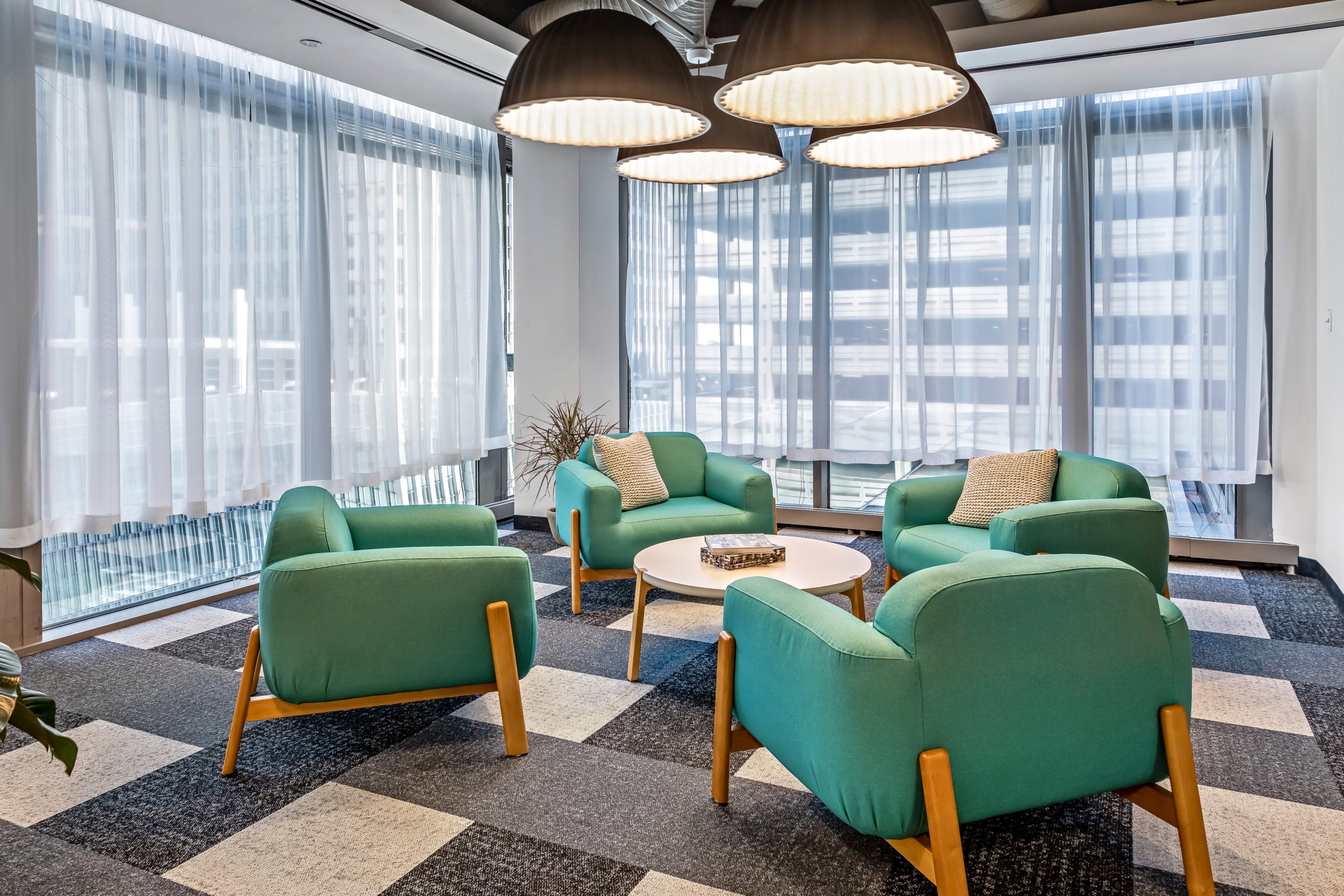Office design, the future of work, work-from-home (WFH), remote work, flexible working, hybrid working, digital nomads, hub & spoke, etc. and a host of other catch phrases and new terms have dominated the headlines since the pandemic began. It seems like every so-called ‘workplace expert’ and company involved in the office interiors industry is competing to come up with the new flavor-of-the-month and their predictions for the future of the work.
Future of Work Predictions
Back in April of 2020, just five weeks into the pandemic we published an article entitled You Can Ignore All Those Future of the Workspace Predictions, Articles & Webinars and stated:
“The fact is, the office will look different and, yes, health & safety will be at the forefront of the less-densified spaces we’ll all soon be occupying. Some workers will continue working remote and most companies will champion a staggered return to the workspace for their employees until they’re comfortable that there is nothing to be concerned about.
Beyond that though, we are all just guessing.”
New catch phrases and wacky predictions aside, it’s over year and a half later and I think it’s safe to say that it was pretty spot-on. Variations of the general concepts have appeared, and everyone is again saying the same thing right now – Biophilia, Resimercial design and blending the comforts of home at the office, sustainability, flexible layouts and reconfigurable furniture, employee well-being, outdoor work areas, noise reduction, acoustics and privacy booths and tech-enabled everything.
Office as Experience
Our work environments need to align themselves to support the same level of service, customization, choice, personal preference, flexibility, individualization, and everything about who we are. It’s really going to be more about the people and connecting with others than it is about the space itself in many respects. In fact, for some companies, returning to the office, may not even involve an actual office.
Regardless of your company’s preference, the best way to keep employees happy, healthy, and secure is to make working in the office a pleasant and enjoyable experience. The office needs to be optimized for team collaboration, spontaneous learning, creativity, and meeting with customers and clients. It should support mental health and wellness by giving employees an occasional change of scenery and place to go to connect with others and separate their work and home life.
The Future: Culture & Purpose
Work is no longer a place you go, but instead, is something you do, and we’ve realized that for the most part, it can be done effectively from anywhere. So where does that leave the office? We can try to rethink and guesstimate what the future will hold but the truth is that we’re all still in experimentation mode. We’re all watching things unfold and pivoting or adjusting accordingly. The best bet right now for your company and your bottom line is to focus on your culture and your purpose.
The organizations that continue to adapt and get it right will thrive. They’ll be able to recruit and retain top talent, maintain staff health and wellness, enhance collaboration, and increase performance. Their workspaces will reflect their employees’ needs and be optimized to excite and provide and reflect your purpose. Successful workspace design is not just a skill, it’s much more than that. It’s your culture. The future is now. Are you ready?
